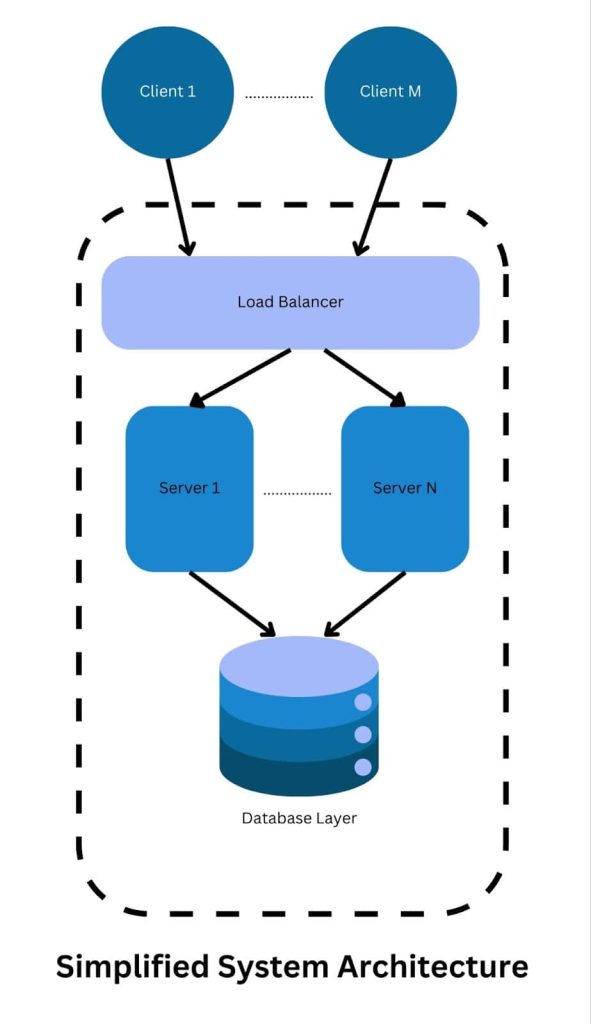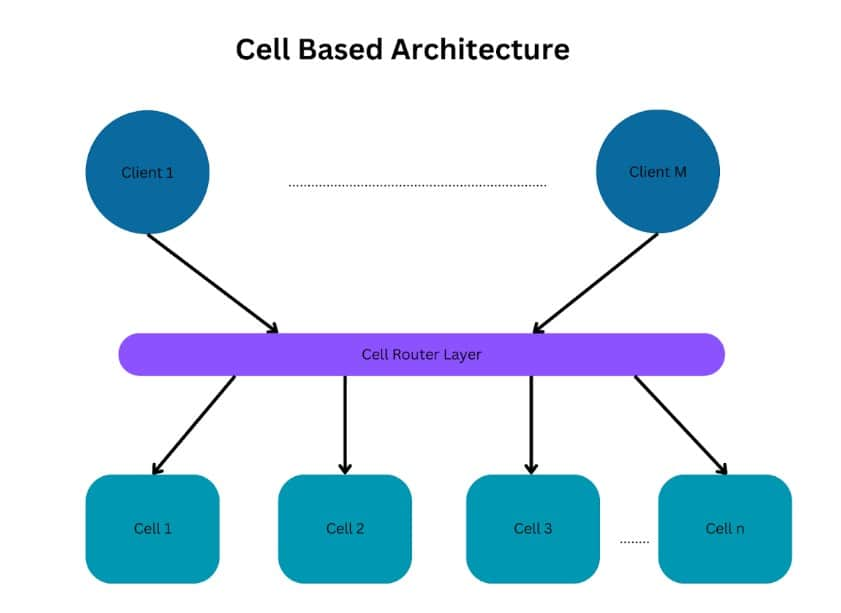Cell-based architecture ensures scalable, fault-tolerant systems by isolating workloads into independent cells. This modular design enhances scalability, availability, and testability for distributed systems.
Scalability is one of the advantages of building distributed systems to solve a problem. The idea revolves around scaling the systems seamlessly as customer needs increase simply by adding more hosts to the system. But, to achieve such true scalability, the software system needs to be carefully designed to make sure it is possible to truly horizontally scale a system by adding hosts.
More often than not, once the system is built, there are few components or smaller systems in play which are constrained and have limits to how they can scale. For example, a database may have a limit on the commits/second and connections/second it supports and as the customer traffic grows on the system, smaller components having performance constraints become the bottleneck.
To address these scaling concerns, we see a growing rise in cell-based architectures. A single cell is an isolated instance of the distributed system which can support a specific capacity. Each cell has its own set of hosts, database and other dependent systems wired to support a specific capacity of customer workload.
As the number of customers increases, the system can scale by adding more cells- each cell capable of handling a specific number of customers. The overall system can then scale horizontally by just adding more cells as the traffic scales.
In a Cell-based distributed systems architecture a large application or service is divided into smaller, self-contained units called “cells.” Each cell operates independently, serving a subset of the overall workload, and is designed to be autonomous and failure-tolerant.
This approach ensures that the failure of one cell does not cascade to the entire system, enabling high availability and better resource utilization.
Now that these cells are independent, we need a strategy to place customers’ workloads on these cells and an easy mechanism to locate the right cell when the traffic for that customer shows up. In order to make sure the customer traffic is routed to the right cell, there is a need for a layer which can look into the incoming traffic and redirect the traffic to the right cell to be processed. This layer of hosts is called the cell routing layer.
The cell router layer is responsible for placing the customer workloads into specific cells to ensure the future traffic intended for the customer gets routed to the right cell. There are different strategies which can be used by the cell router to accomplish this.
The cell router could either save state per customer workload to determine where the traffic should go or it could be stateless where the cell router could look up details from the incoming traffic to decide which cell should receive the traffic or it could use hashing based techniques to identify where the traffic needs to be routed.
Advantages of Cell-based architecture:
Scalability:
Each cell operates independently and the overall system can be horizontally scaled by adding more cells to handle increased demand. This modular design ensures we can easily add capacity without rearchitecting existing components and by just adding more resources to support increased demand.
Fault Tolerance/Availability:
Failures in components within a cell only impact customers placed in that cell. The cell-based design increases fault tolerance and overall availability by ensuring other customers accessing other cells are not impacted by failures in one of the cells.
Testability:
In a monolithic system where the existing system keeps on iterating on managing increased customer load, it is difficult to test the system’s capacity at peak usage in a non-test environment. In a cell-based design, we can limit the number of customers or resources handled by every cell. The testing setup can ensure we have complete coverage of the cell’s ability to deal with the peak load.
Key Takeaways
Cell-based architecture is a design pattern for designing scalable, resilient, and efficient distributed systems. By breaking down monolithic systems into smaller, independent cells, this approach offers key advantages, including enhanced fault isolation, improved scalability and testability.
Cell-based architecture is not just a technical design pattern but a strategic enabler to meet the demands of modern, high-traffic, and distributed applications. Its modularity and resilience make it a foundational approach for building systems that are prepared for the future of scalability and reliability.











